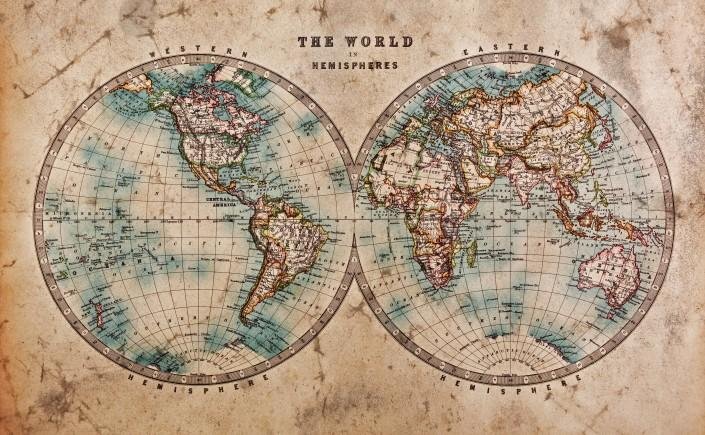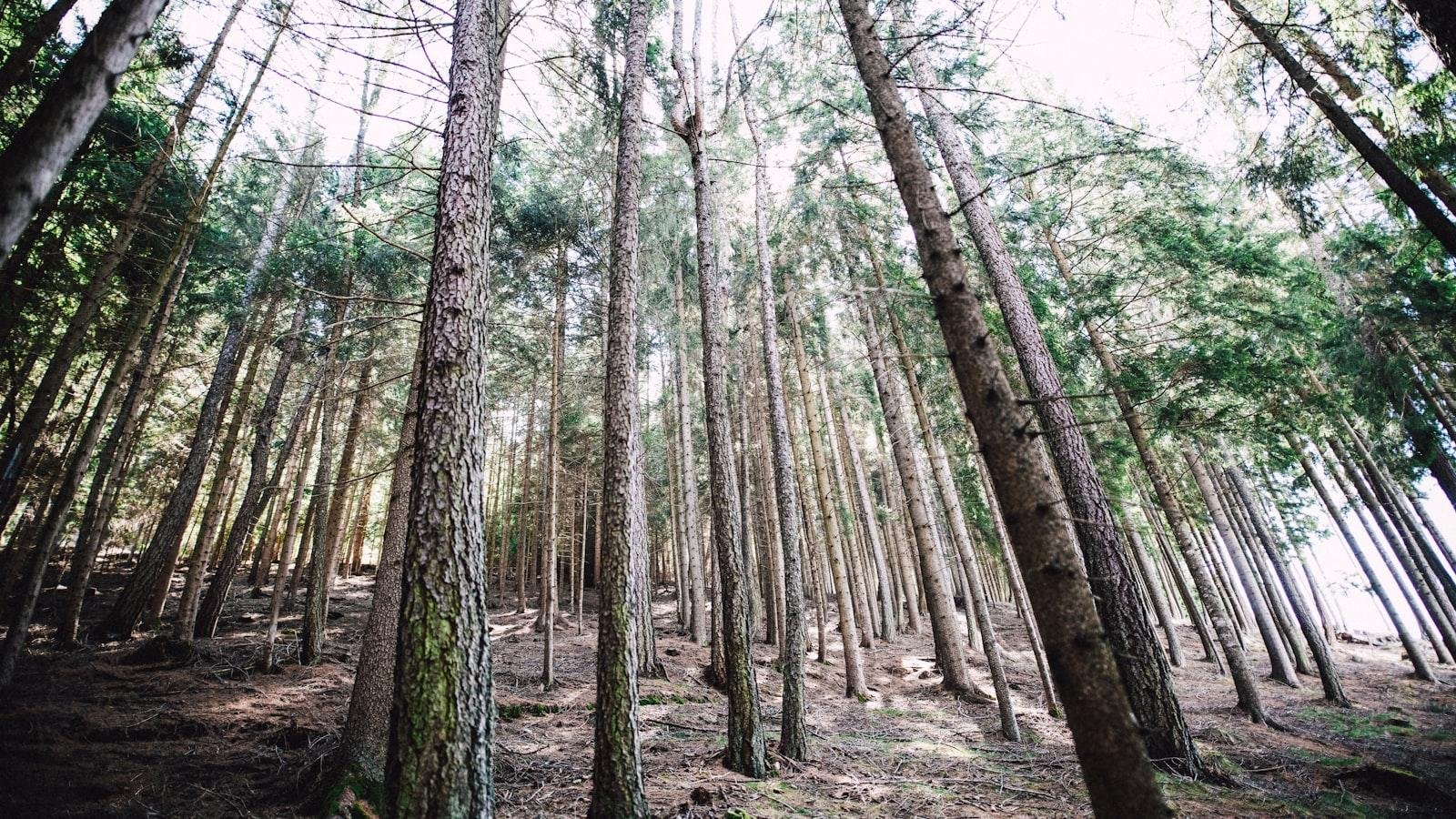The Republic of the Congo, not to be confused with its larger neighbor, the Democratic Republic of the Congo, is a diverse and culturally rich country located in Central Africa. With a fascinating history, lush landscapes, and vibrant traditions, the Congo offers a wealth of experiences for visitors and boasts a unique place in the African continent. In this article, we will explore the history, culture, and attractions of the Republic of the Congo, shining a light on this captivating destination.
Geography and Climate of Congo (Republic of the)
The Republic of Congo is a country located in Central Africa, bordered by Gabon, Cameroon, the Central African Republic, the Democratic Republic of the Congo, and the Atlantic Ocean. It is the 64th largest country in the world, with a total area of 342,000 square kilometers. The capital city of the Republic of Congo is Brazzaville, which is situated on the Congo River.
The country’s geography is characterized by coastal plains, savannas, forests, and a central plateau. The climate in the Republic of Congo is equatorial, with high temperatures and humidity throughout the year. The country experiences two main seasons: a wet season from October to May and a dry season from June to September. The rainforest in the Congo Basin covers a large portion of the country, providing a unique and diverse ecosystem that is home to a wide variety of wildlife.

Natural Resources and Economy of Congo (Republic of the)
The Congo (Republic of the) is rich in natural resources, which play a significant role in its economy. The country is endowed with abundant mineral deposits, including oil, diamonds, gold, and uranium. These resources provide an opportunity for economic growth and development.
Additionally, Congo’s economy is largely dependent on agriculture, with the country being a leading producer of cocoa, coffee, and palm oil. The agricultural sector provides employment for a significant portion of the population and contributes to the country’s GDP. In recent years, efforts have been made to diversify the economy and attract foreign investment to further develop the country’s natural resources and promote sustainable economic growth.
Political Situation and Recent Developments in Congo (Republic of the)
The political situation in Congo (Republic of the) has been marked by ongoing challenges and recent developments that have garnered international attention. Against this backdrop, it is crucial to take a closer look at the key issues shaping the country’s current landscape.
Recent developments in Congo (Republic of the) include:
- Upcoming elections: The country is gearing up for presidential elections scheduled for next year, with high stakes for the future political direction.
- Human rights concerns: Reports of human rights abuses and crackdowns on freedom of expression have raised alarm among international observers.
- Economic struggles: The country faces economic challenges exacerbated by the global pandemic, with implications for its political stability.
Challenges and Opportunities for Sustainable Development in Congo (Republic of the)
Challenges:
The Republic of Congo faces numerous challenges in achieving sustainable development. One of the major challenges is deforestation, as a result of logging and agricultural expansion. This has negative impacts on biodiversity, water resources, and the climate. Additionally, the country struggles with poor infrastructure and limited access to basic services such as healthcare and education. Political instability and corruption also hinder progress towards sustainable development in the country.
Opportunities:
Despite the challenges, there are opportunities for sustainable development in the Republic of Congo. The country has vast natural resources, including oil, timber, and minerals, which can be sustainably managed to support economic growth. Investing in renewable energy sources such as hydropower and solar power can reduce reliance on fossil fuels and help mitigate the impacts of climate change. Strengthening governance and promoting transparency can improve accountability and attract investment for sustainable development projects.
Cultural Diversity and Heritage of Congo (Republic of the)
The Congo (Republic of the) is a country rich in cultural diversity and heritage. With over 60 different ethnic groups, each with its own unique traditions and customs, the country is a melting pot of cultures. From the Kongo people in the south to the Teke people in the north, the diversity of languages, music, dance, and art is truly astounding.
One of the most celebrated aspects of Congolese culture is its vibrant music scene. The country is known for its rumba, soukous, and ndombolo music, which have gained international recognition. Congolese artists such as Papa Wemba, Koffi Olomide, and Fally Ipupa have made significant contributions to the world of music, blending traditional African rhythms with modern influences.
In Conclusion
In conclusion, the Republic of Congo is a country with a rich history, diverse culture, and abundant natural resources. Despite facing challenges such as political instability and economic hardships, the country continues to strive for development and progress. With its unique wildlife, vibrant music scene, and beautiful landscapes, Congo has much to offer visitors and residents alike. As the country works towards a brighter future, it is important to recognize and appreciate the resilience and strength of its people. Hopefully, this article has provided you with a better understanding of Congo and its place in the world. Thank you for reading.